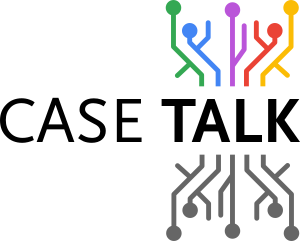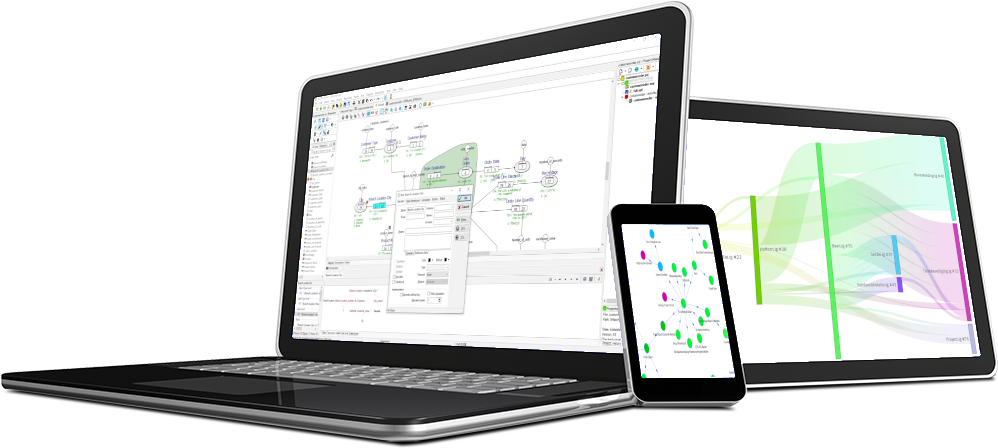A list of functional goals of modeling, quality goals of modeling, and model properties commonly associated with the practice of modeling, particularly in the context of software engineering and information systems. Let's briefly discuss each of these categories.
Functional Goals of Modeling
- For Intervening: Models can be used to simulate or predict the behavior of a system, allowing for interventions or changes to be tested and evaluated without directly affecting the real system. This is especially valuable in risk assessment and decision-making.
- For Understanding: Models help stakeholders gain a deeper understanding of complex systems by providing simplified representations. They can help clarify relationships and dependencies within a system.
- For Problem-Solving: Models can be used to analyze and solve problems. They serve as a tool to explore potential solutions, identify bottlenecks, and evaluate different scenarios.
- For Communicating: Models are a visual means of communication. They can help convey complex ideas and concepts more effectively to a diverse audience, including stakeholders, team members, and non-technical individuals.
- For Documenting: Models serve as documentation of a system's design, structure, and behavior. They can be valuable references for system maintenance, troubleshooting, and future development.
- For Learning: Models can be used as educational tools to teach and learn about systems, processes, or concepts. They provide a hands-on way to explore and experiment with ideas.
Quality Goals of Modeling
- For Minimizing Effort: Models should be created efficiently to minimize the time and resources required for their development. This goal emphasizes cost-effectiveness and productivity.
- For Maximizing Functional Correctness: Models should accurately represent the real system or problem domain, ensuring that they faithfully capture the essential aspects of the subject being modeled.
- For Maximizing Interoperability: Models should be designed in a way that allows them to work seamlessly with other systems or models. Interoperability is important for integration and data exchange.
- For Maximizing Analyzability and Modifiability: Models should be structured in a way that facilitates analysis and modification. They should be easy to understand and adapt as requirements change.
Model Properties
- Reusability: Models should be designed with reusability in mind, allowing components or patterns to be used in different contexts, which can save time and effort in future projects.
- Correctness: Models should accurately represent the aspects of the system they are intended to capture. Correctness ensures that decisions and actions based on the model are reliable.
- Comprehensibility: Models should be easy to understand for stakeholders and team members. Clarity and simplicity are essential for effective communication and decision-making.
- Completeness: Models should capture all relevant aspects of the system under consideration. Incompleteness can lead to oversights and errors in design and analysis.
- Confinement: Models should clearly define boundaries and scopes to avoid ambiguity or confusion about what is included or excluded from the model's representation.
- Maintainability: Models should be designed and documented in a way that makes them easy to maintain and update over time as the system or requirements evolve.
These goals and properties are essential considerations in the practice of modeling, whether it's applied to software design, system analysis, or any other domain where abstraction and representation are used to better understand, communicate about, and improve complex systems or concepts.


